What's the history of Christmas presents?
The exchanging of presents in the bleak midwinter dates back long before Christmas itself. The Babylonians, Egyptians, Mesopotamians, Greeks and Romans all had festivals to celebrate the passing of the shortest day of the year. The ancient Britons also celebrated on the darkest day – winter solstice rituals may indeed be the driving force behind the construction of Stonehenge.
It was Rome’s December festival, Saturnalia, that had the greatest impact on our idea of Christmas. Amid the feasting, wine drinking and ritual worship of this extended celebration, modest gifts were swapped. White candles – to signify the turn to light after the solstice – and ornamental clay masks were the most common presents. Each year, Saturnalia reached its peak on the date of the winter solstice in the old Julian calendar – 25th December.
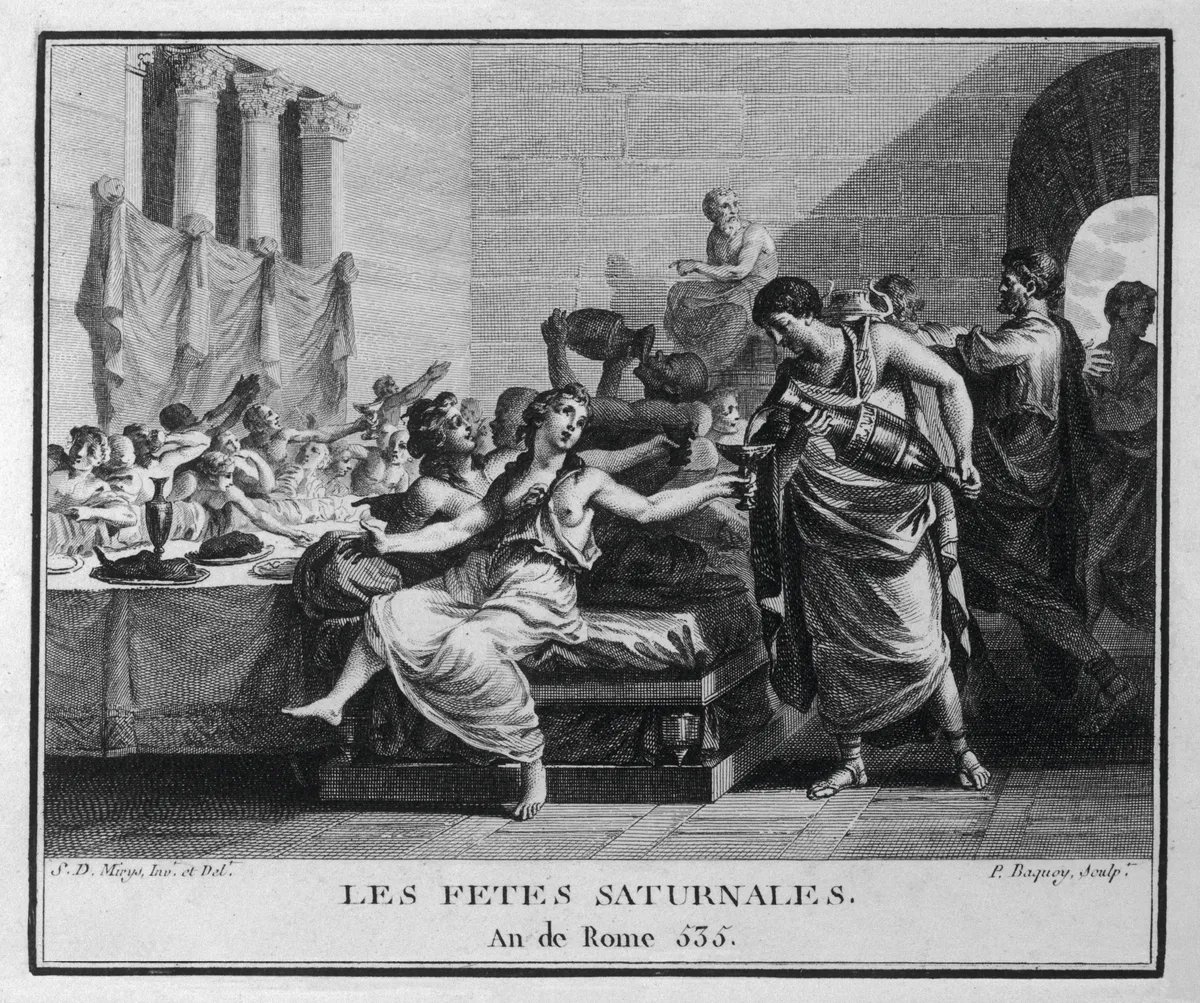
What's the history of Father Christmas?
The Father Christmas we know and love today is an amalgamation of many Christmas figures, but the earliest and arguably the most influential was the 4th-century bishop, Nicholas of Myra. He was a famously generous man who, according to tradition, performed acts of kindness for the poor.
One particular tale tells of his generosity towards an impoverished nobleman and his family. Faced with destitution, the aristocrat was forced to sell his daughters into slavery. But, before that fateful transaction could take place, the bishop packaged up three presents of dowry money and threw them into the family’s home through a window. With those three magnanimous gifts, the daughters were saved, and the legend of St Nicholas was born.
The best Christmas presents throughout history
From Queen Elizabeth I's epic present haul to the most popular board game of all time, we look back at Christmases past to find the best tales of historic gift-giving...
A royal gift for the troops
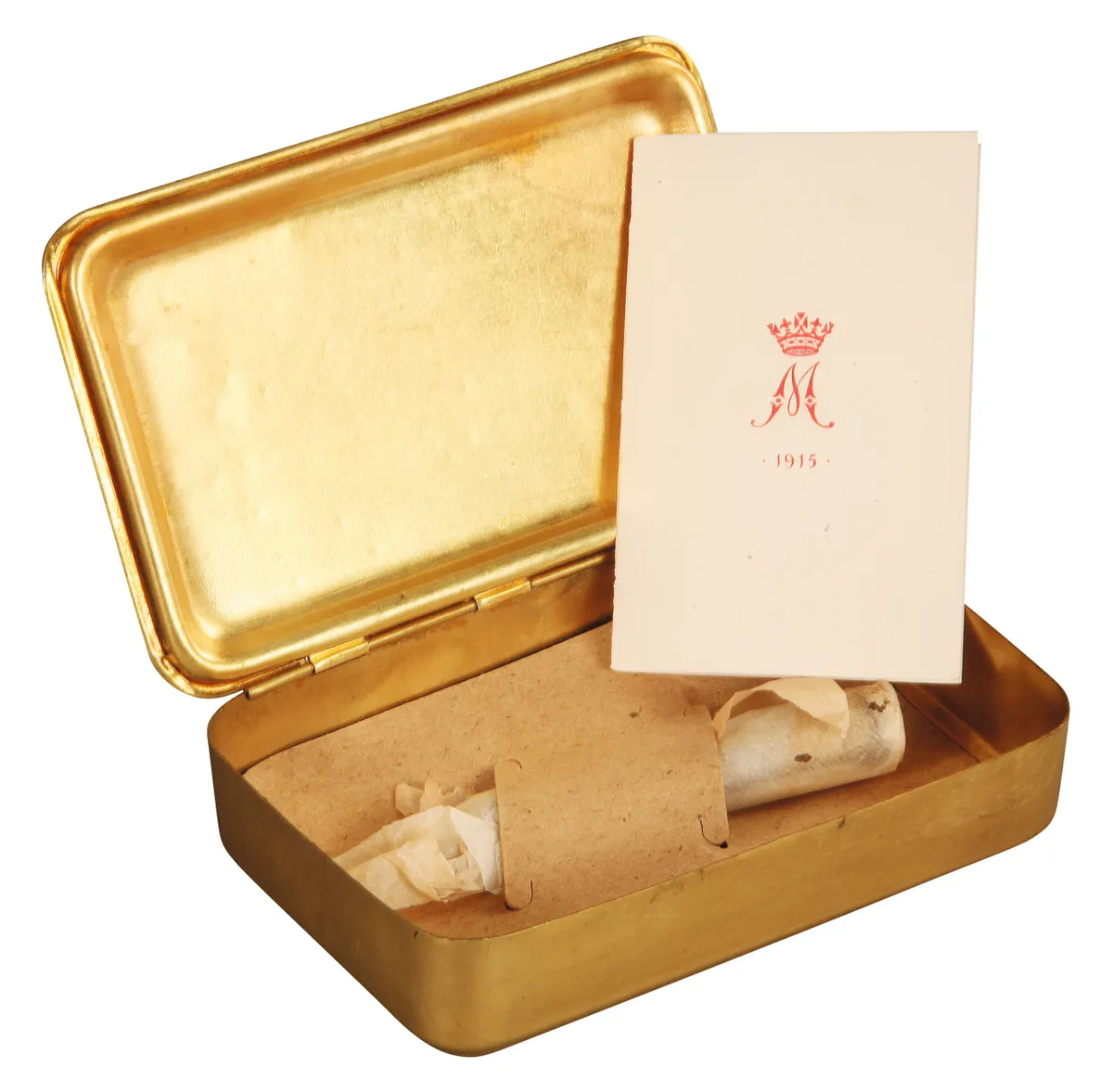
During the early stages of the First World War, 17-year-old Princess Mary was preoccupied with Christmas for those on the front lines. As the armies trenched in, she was determined that ‘every [British] sailor afloat and every soldier at the front’ should havea gift. Her idea was for a simple embossed brass tin that would contain a variety of items, such as chocolate, tobacco or a pencil, and each would have a card.
Initially, the ambitious princess planned to finance the scheme herself, but soon decided a public fund would be better suited to the task. In the end, she raised enough money to issue over 2.6 million tins to all who were serving, overseas and at home. Today, these tins are collectable items – this example from Christopher Clarke Antiques contains a brass bullet penciland a New Year card and is worth £360.
'You're a mean one, Mr Grinch'
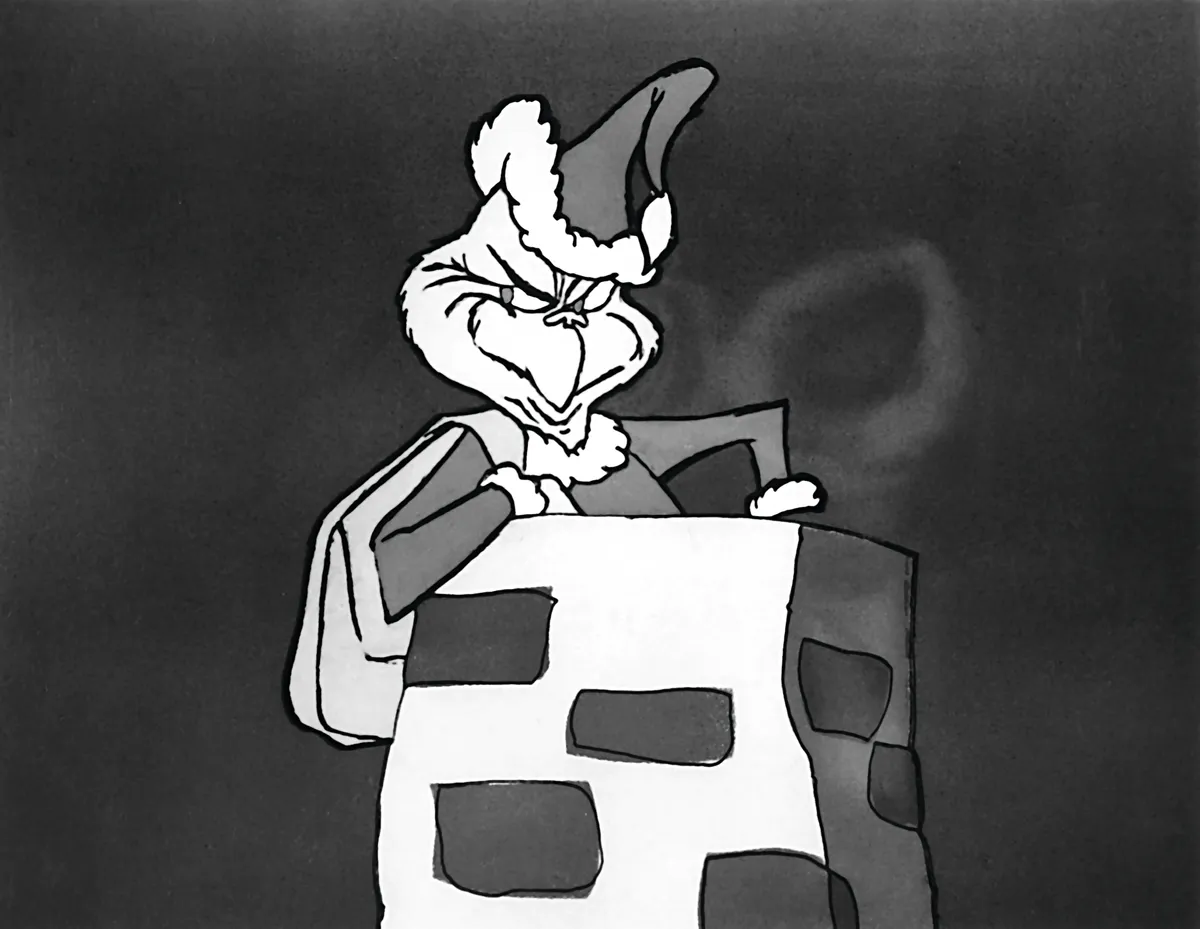
‘What if Christmas, he thought, doesn’t come from a store. What if Christmas, perhaps, means a little bit more!’ Dr Seuss’s famous lines, taken from How the Grinch Stole Christmas (1957) show the moment his anti-Santa realises that the season isn’t about gift getting – the message at the heart of this children’s classic. Ironically, for such an anti-commercialist story, it was a commercial hit. By 2001, over 3.5 million copies had been sold and, when the 1966 animation was aired on TV, it was unsympathetically edited to allow time for adverts.
Feed the World
It was the Victorians who popularised charitable gift giving at Christmas, but the art came to a sublime peak in 1984, with the release of Do They Know it’s Christmas? by supergroup Band Aid. Stars including Bono, Bananarama, Sting, George Michael, Duran Duran and Spandau Ballet were pulled together by Bob Geldof and Midge Ure. The track was recorded in just 24 intense hours. In total, the song raised over £8m for Ethiopian famine relief.
Queen of the forest
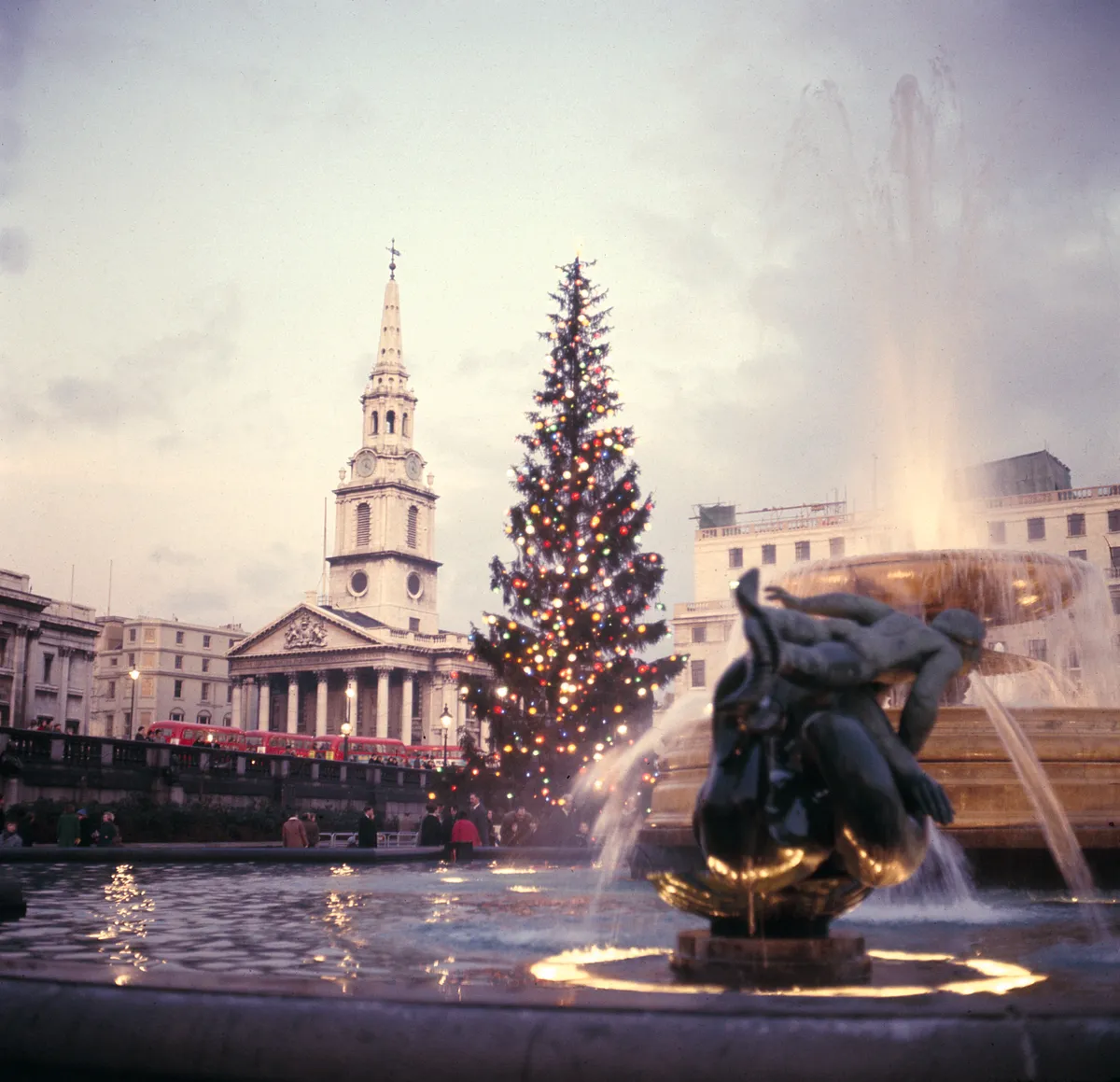
Perhaps the most iconic example in the capital, Trafalgar Square’s Christmas tree has been presented to us from Oslo every year since 1947. The tree is a symbol of their enduring thanks for our support in the Second World War, when Britain took in Norway’s royal family upon Nazi occupation, and hosted the government-in-exile. As such, the Norwegians take great care to select the best specimen for the job. The chosen spruce is usually over 50 years old and is fondly referred to as ‘queen of the forest’ before it is felled.
The gift of Christmas
If it weren’t for the merry demeanour of Charles II, we might not enjoy our midwinter festivities quite as much as we do today as, in 1660, he gave us all the gift of Christmas. Under Oliver Cromwell’s Puritan regime, celebrating Jesus’s birth had been systematically quashed. In fact, if you were caught feasting on 25th December, it was a punishable offence.
But after Cromwell’s death in 1658 and the subsequent collapse of the Puritan establishment, the nation turned to the exiled Charles II for leadership. Having been living it up on the continent, Charles had become one of the 17th century’s biggest party animals. Upon his return in 1660, he set about abolishing all of the dour laws created by the parliamentarians – key among them was reinstating Christmas for all.
That December, the English celebrated the day once more – albeit in a subdued, hesitant manner. The nation soon began to echo its monarch’s fun-loving style and, before long, the feast day was restored to its former glory.
Pass go, collect $200
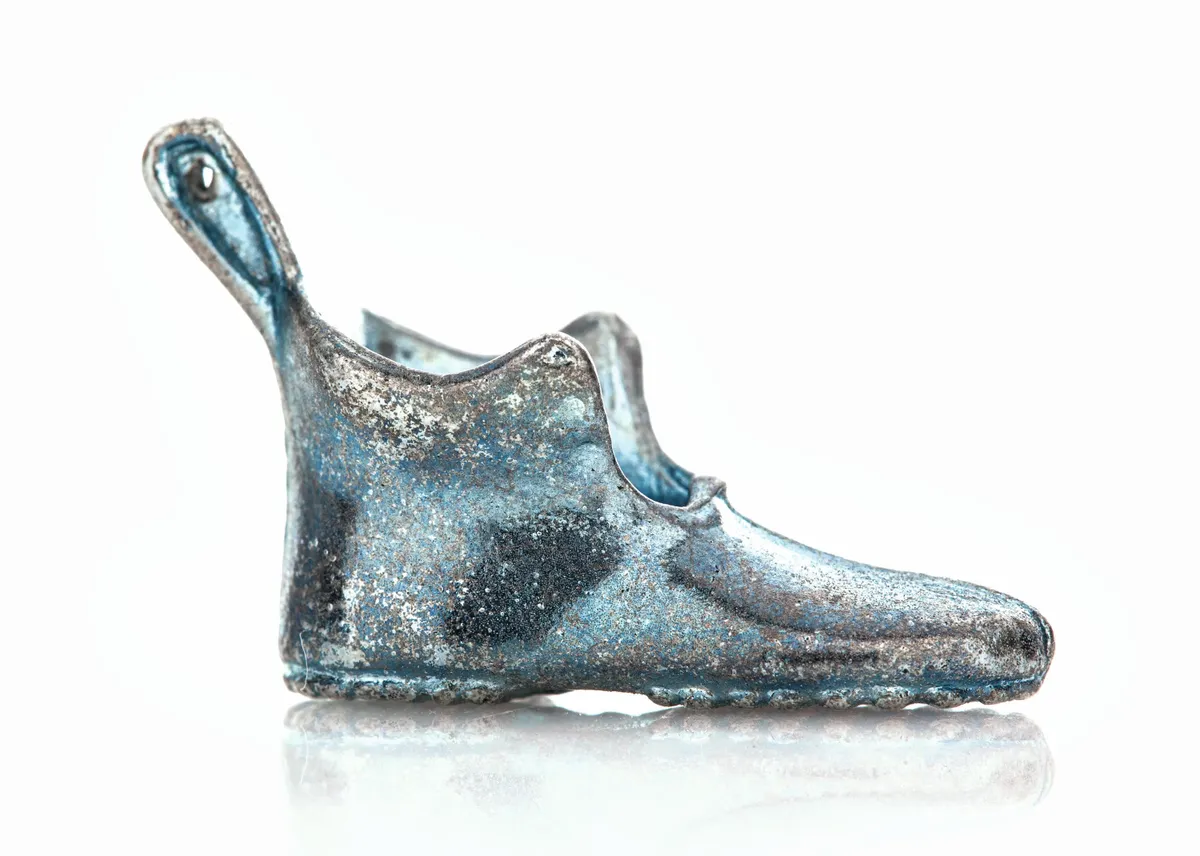
Every Christmas has its must-have present. In the Nineties it was the Furby, but back in the Thirties it was Monopoly. Since then, ‘The Fast-Dealing Property Trading Game’ has become the world’s highest-selling branded board game, and it is estimated that over one billion people around the world have played it.
When it was launched by Parker Brothers in the US in 1935 (having previously been released by others under different names) the nation was in the grip of the Great Depression: ‘Everyone was obsessed with making money’ says Luke Honey, a specialist dealer. It was the right game, at the right time.
Queen Elizabeth I's annual haul
In the Tudor era, festive gift swapping took place on 1st January, and the presents the monarch received were called ‘New Year’s Gifts’. Elizabeth I would receive the most extraordinary haul of goodies, from fine clothing (enough to dress her all year) to pots of gold. What she received, and what she gave, dictated who was in her favour at the time.
Most of the wealthy elite would give cash (in return they would be presented with silver or gold serving ware) but if you were in her bad books, only jewellery would do: in 1581 Sir Philip Sidney offered a whip-shaped gold jewel, set with diamonds and pearls, in order to redeem himself after a blunder.
